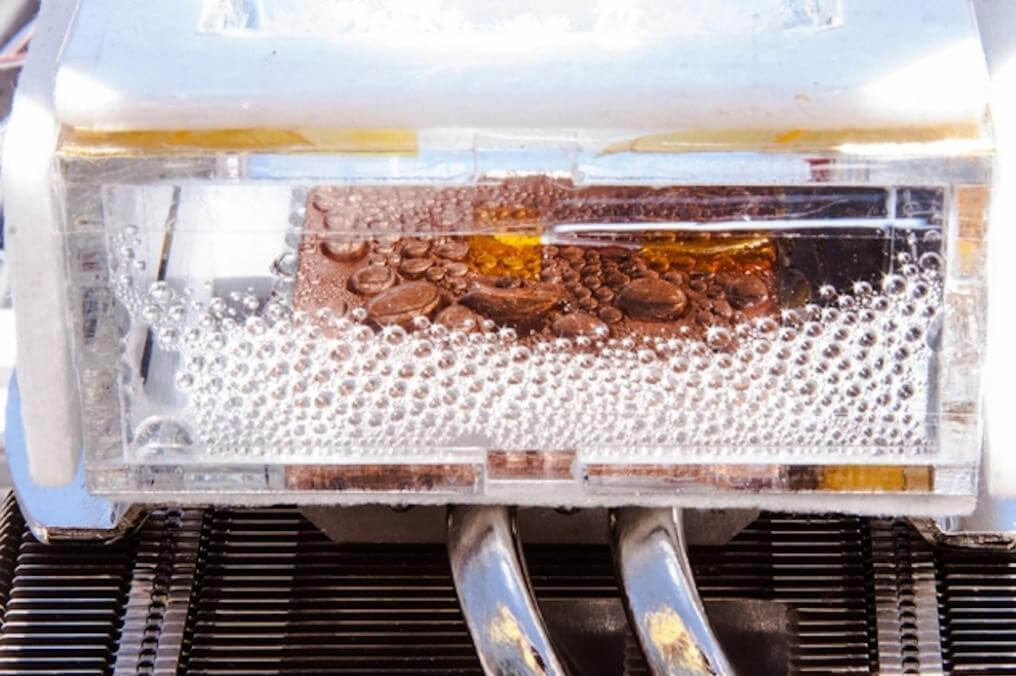Researchers have developed a device that can draw water from even the driest desert air. Scientists from MIT and UC Berkeley have field-tested the invention, which improves on a concept design from last year, in Tempe, Arizona, proving the potential of the method.
When it was first proposed in a Science article last year, the paper drew a lot of attention---not all of it good. "It got a lot of hype, and some criticism," said Professor Evelyn Wang, who worked on both studies. "All of the questions that were raised from last time were explicitly demonstrated in this paper. We've validated those points."
Most methods of drawing water from air require humidities of over 50 percent and lots of energy to work, but the improved design can extract potable water at humidities as low as 10 percent and is solar-powered.
"This has no moving parts. It can be operated in a completely passive manner in places with low humidity but large amounts of sunlight," said researcher Sameer Rao.
The device is based on a type of high-surface-area, super-porous material called metal-organic framework (MOF). The MOF in this device can extract water from the air during the night and store it in its pores. The water is released during the day using sunlight.
By testing the device on the rooftop of an Arizona State University building, the team "was field-testing in a place that's representative of these arid areas, and showed that we can actually harvest the water, even in subzero dewpoints."
Researchers say that the device's output is estimated to be more than a quarter-liter of water per day per kilogram of MOF, and no impurities were found during testing. If scaled up and made more efficient, that yield could be tripled. "We hope to have a system that's able to produce liters of water," said Wang.
